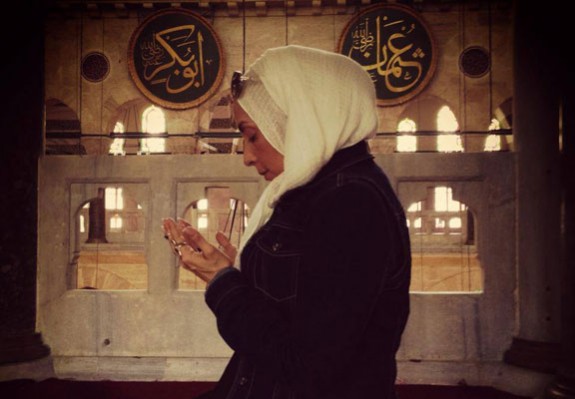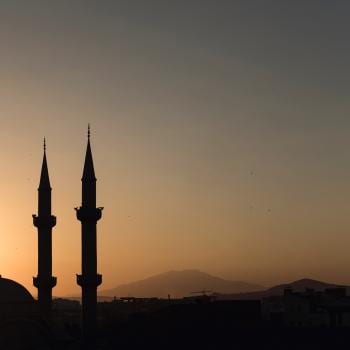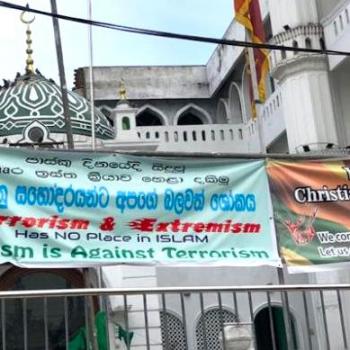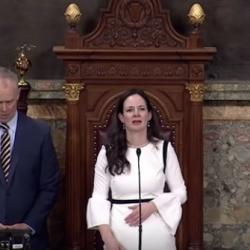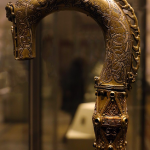For Zainab Ismail, a Bronx-born Hispanic woman, the turning point came in March 2009 after a wedding ceremony at a Catholic church.
“For some unknown reason, obviously now I know it was Allah–God–putting that thought and feeling in my heart, I no longer wanted to be Catholic. I didn’t know what I wanted to be but I no longer wanted to be Catholic,” Ismail recalls.
Less than three months later, Ismail embraced Islam and converted in June 2009.
“As a Latina, you are raised, if you got it, to show it, to flaunt it as much as possible,” says Ismail, 44, raised in a Puerto Rican Catholic family.
Now she shows very little of her skin. Instead she wears the hijab, the Islamic veil or headscarf.
Since the 9/11 tragedy, the Hispanic community in the United States has witnessed a significant rise in conversions to Islam, especially among women, says Imam Shamsi Ali, a Muslim scholar and imam of the 96th street mosque in Manhattan, on the border of the city’s Upper East Side and Harlem. They are “mostly educated, young and professional women.”
Although 9/11 incited bias and discrimination against Muslims, many non-Muslims, who some had never heard about Islam, also started to question the meaning of the religion, explains Ali.
The percentage of new female converts to Islam in the U.S. has increased 9 percent since 2000, from 32 percent to 41 percent, according to the 2011 U.S. Mosque Survey, which interviewed leaders at 524 mosques across the country. Latinos–men and women–accounted for 12 percent of all new converts in the United States in 2011.
In 2006, the number of Hispanic Muslims was estimated at about 200,000 by the American Muslim Council, which has not provided any new figures since then.
Ahmad Akhar, the Ibn Khaldun chair of Islamic studies at American University in Washington, D.C., gave several explanations for this increase in a 2011 story in Illume Mag on the rise of Hispanics converting to Islam in the United States. The most attractive part of Islam to Latinos seeking spirituality, he said, is its strict monotheistic orientation and structured belief system. Much more literature on Islam has been translated into Spanish in the United States, he added, which has made the religion more accessible to non-Arabic readers. By converting to Islam, some Latinos may also feel as if they’re connecting to their Spanish roots, which are embedded for 800 years in Islamic history in Spain’s southeast population centers ofGranada, Cordova, Seville and Andalusia.

